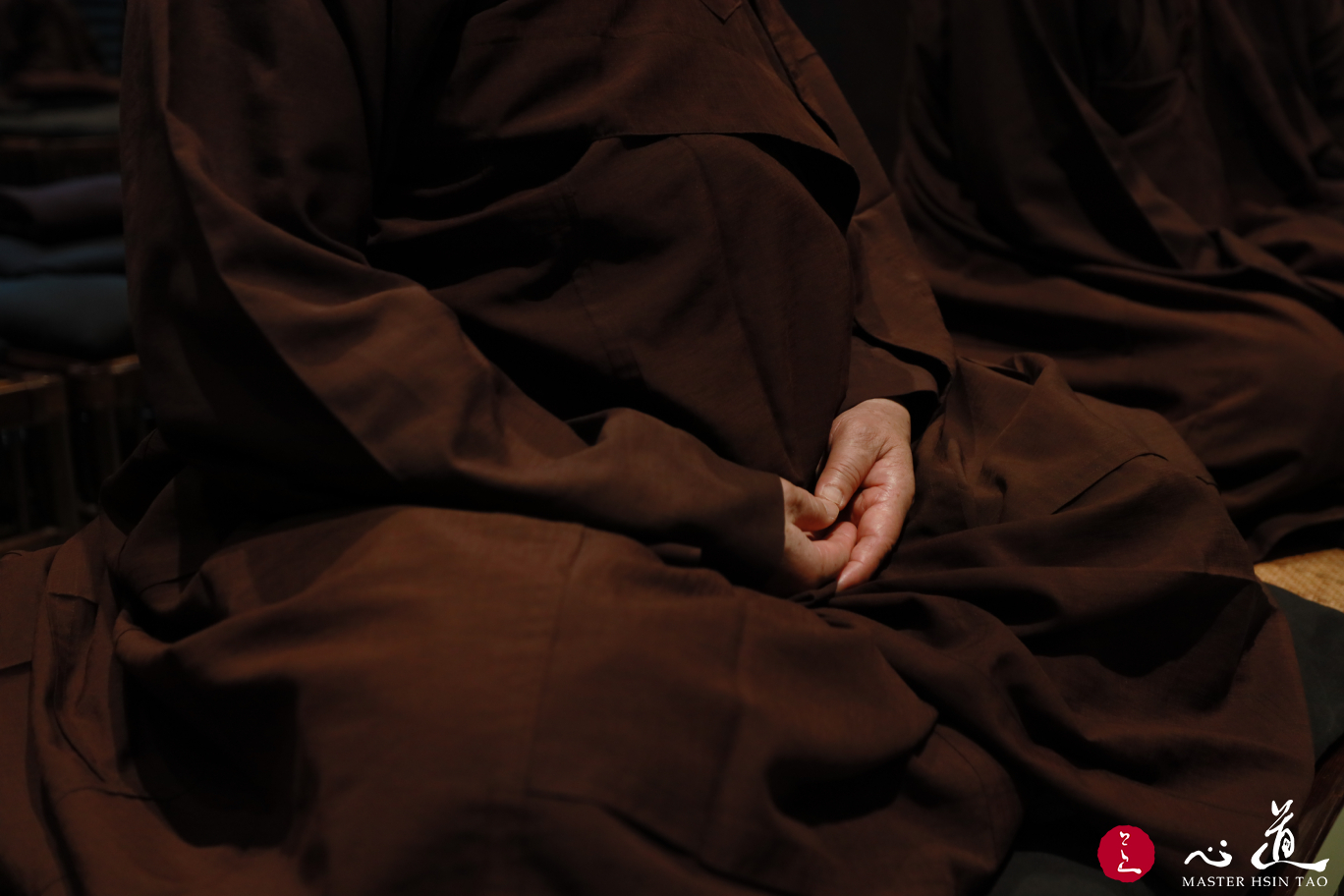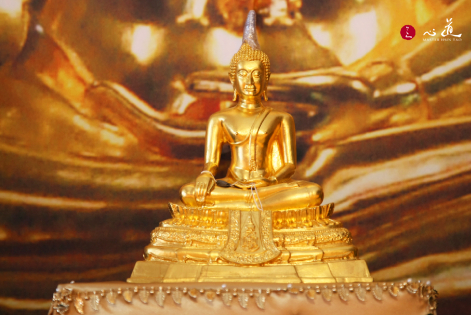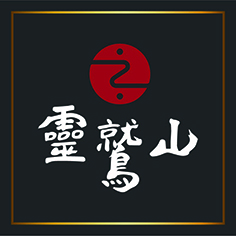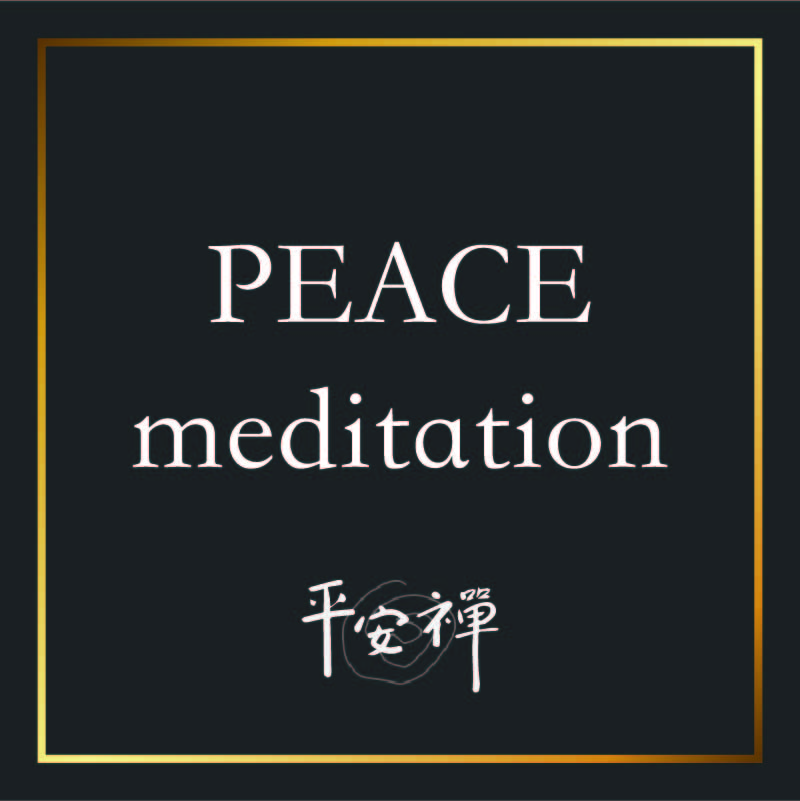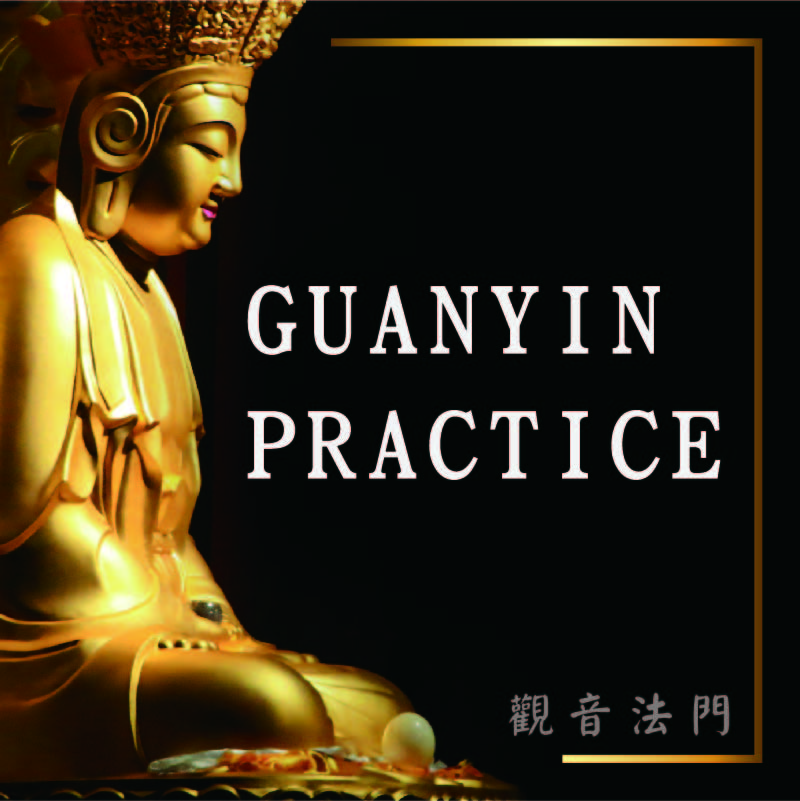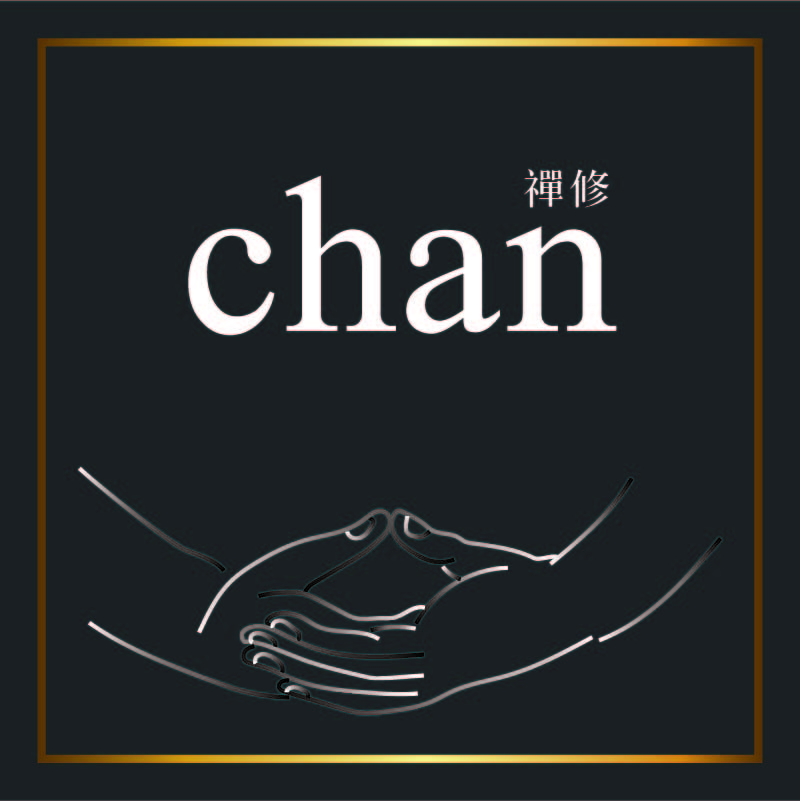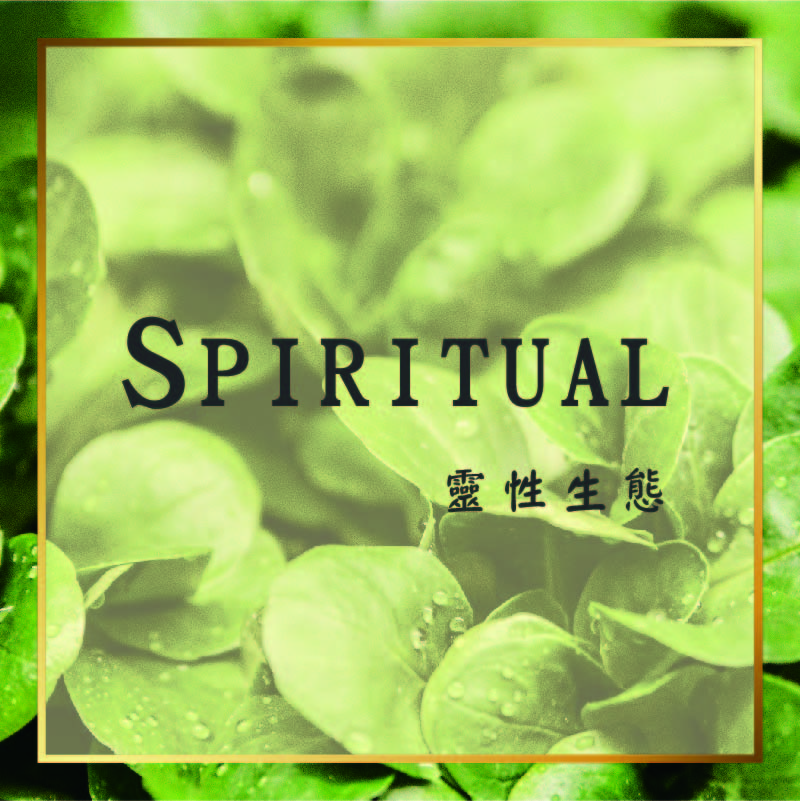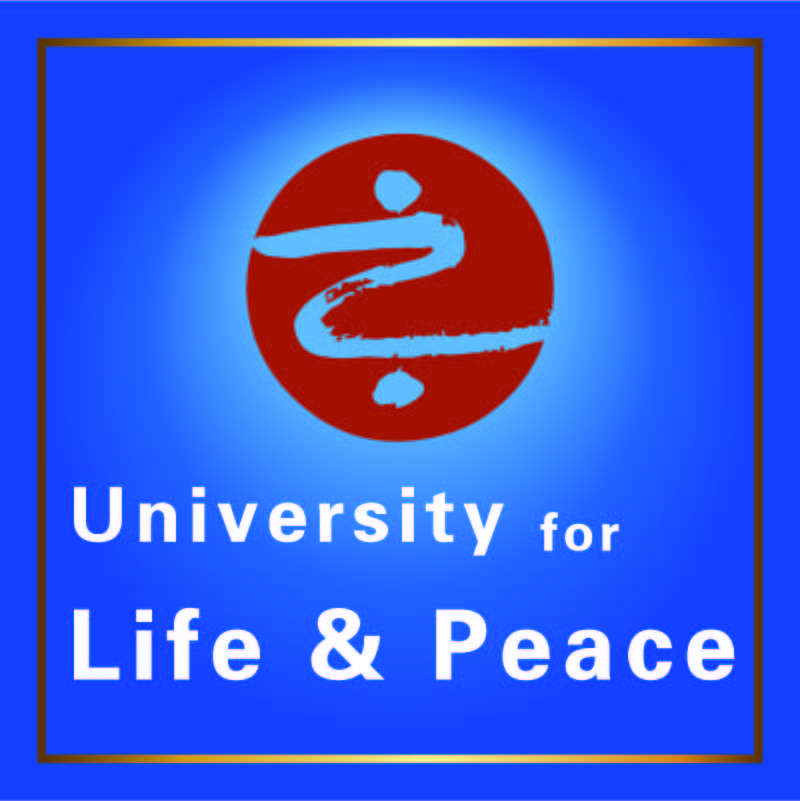
To Sit, To Listen: The Mind in Meditation
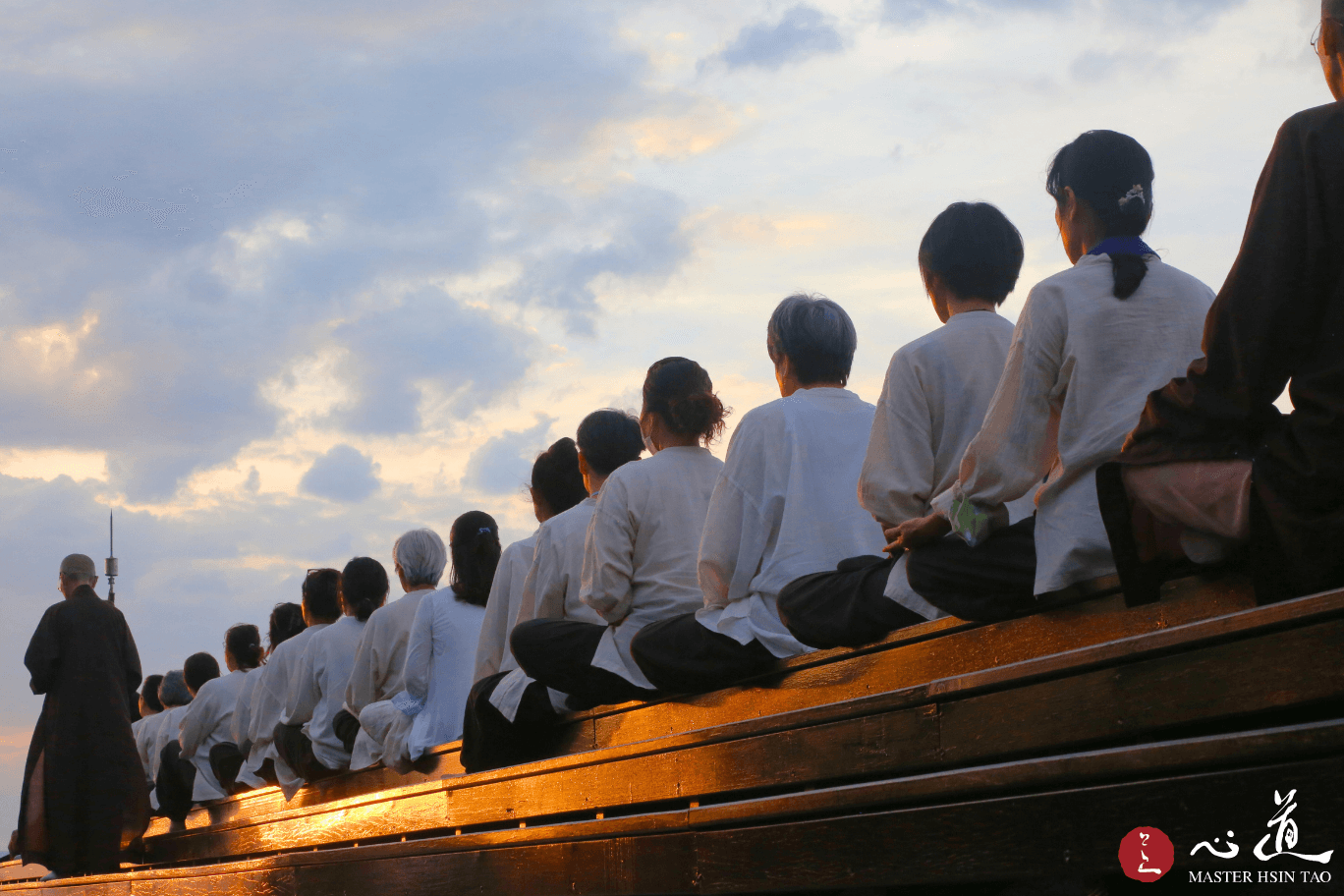 What is Chan? Chan is the uncovering of our own mind, the return to our original face. And what is this “original face”? It is certainly not this physical body. This body is merely a house: when the construct becomes dilapidated, it needs to be replaced; if it can be repaired, we patch it up to make use of it a little longer. When it can no longer be repaired, it is placed in a coffin and cremated. This bodily house is the temporary carrier of the spiritual state of mind, that which is most enduring, ageless and deathless. We have changed bodily houses innumerable times, seemingly enjoying youthfulness and endurance. Yet we are deluded by taking this body to be the true self, imagining that it will live forever. In reality, the body is in constant flux—aging and transforming at every moment, every second. Thus, we must clearly discern: what, indeed, is the true self that does not die?
What is Chan? Chan is the uncovering of our own mind, the return to our original face. And what is this “original face”? It is certainly not this physical body. This body is merely a house: when the construct becomes dilapidated, it needs to be replaced; if it can be repaired, we patch it up to make use of it a little longer. When it can no longer be repaired, it is placed in a coffin and cremated. This bodily house is the temporary carrier of the spiritual state of mind, that which is most enduring, ageless and deathless. We have changed bodily houses innumerable times, seemingly enjoying youthfulness and endurance. Yet we are deluded by taking this body to be the true self, imagining that it will live forever. In reality, the body is in constant flux—aging and transforming at every moment, every second. Thus, we must clearly discern: what, indeed, is the true self that does not die?
Sitting meditation can indeed rejuvenate the body, stimulate the cells, and bring health to body and mind. But this is not its ultimate aim. The true purpose of sitting is to realize the original face that existed even before our parents brought us to this world—before we had any form, before being male or female, before existence or nonexistence. What was our original face? If sitting meditation is confined to the body, revolving endlessly within bodily concerns, it is a waste of time. We must apply ourselves to the mind, rather than attaching to the body. The human body is difficult to obtain; it is no easy thing to be born human with freedoms and endowments. Since we have attained this human existence, we must use its faculties to uncover the true nature. Ordinarily, we wander endlessly through the cycle of birth and death. Just as we attain human form and begun to live a decent life, death arrives. Life is truly a comedy: emerging here, ceasing there, we circle through the endless alternations of birth and death. Therefore, we must earnestly find the unchanging nature.
 No matter how one sits, the body will die; no matter how one sits, it is impermanent. Thus, sitting meditation means sitting with the mind. How does the mind sit? When the mind abides in its own place, this is called meditation. How does the mind abide in its own place? By means of the breath. We allow the mind to rest upon the breath, and from there gradually “touch” the mind. Through inhalation and exhalation we can touch the mind; we may also settle the mind through listening. How to listen? Who is listening? Silence—when there is no sound—is this silence itself? Is it merely absence of sound? If there is silence and no sound, then who is it that listens? What is being heard? Precisely because there is no sound, yet listening remains—what is listened to? It is listening to the mind. Through long practice of such listening, one comes to know the mind; without listening, one never discerns what the mind truly is.
No matter how one sits, the body will die; no matter how one sits, it is impermanent. Thus, sitting meditation means sitting with the mind. How does the mind sit? When the mind abides in its own place, this is called meditation. How does the mind abide in its own place? By means of the breath. We allow the mind to rest upon the breath, and from there gradually “touch” the mind. Through inhalation and exhalation we can touch the mind; we may also settle the mind through listening. How to listen? Who is listening? Silence—when there is no sound—is this silence itself? Is it merely absence of sound? If there is silence and no sound, then who is it that listens? What is being heard? Precisely because there is no sound, yet listening remains—what is listened to? It is listening to the mind. Through long practice of such listening, one comes to know the mind; without listening, one never discerns what the mind truly is.
At the beginning, when Buddha Shakyamuni transmitted the Chan lineage to Mahakashyapa, it was described as “the mind-to-mind seal,” “mind seeing mind.” Without a word, the Buddha simply raised a flower, intending to awaken his disciples. Out of the many gathered, only Mahakashyapa understood the meaning of this gesture, and thus he smiled. What was he smiling at? Where was Buddha Shakyamuni’s intent? Where was his seeing? Where was Mahakashyapa’s seeing? Where was the mind? Mahakashyapa was an ascetic monk who practiced in charnel grounds and open wilderness, rarely dwelling in houses, and engaging diligently in Chan practice. Therefore, he could be free from all appearances and fetters, even those of the mind itself. Thus the World-Honored One declared: “I have the treasury of the true Dharma eye, the marvelous mind of Nirvana, the subtle dharma gate of the true form of the formless, not based on words and letters, transmitted separately from the teachings, always remember the truth of the Buddha’s teaching, and the greatest principle of common mortals realizing Buddhahood. Now I have entrusted this to Mahakashyapa.” He transmitted this teaching to Mahakashyapa, instructing him to cultivate meditation on Mount Kukkutapada in Yunnan, to await the advent of Maitreya Buddha, and to entrust him with the Buddha’s robe and alm bowl. There Mahakashyapa abides in meditation to this very day, awaiting Maitreya’s descent. Can one imagine—does he sit with the body, or with the mind?
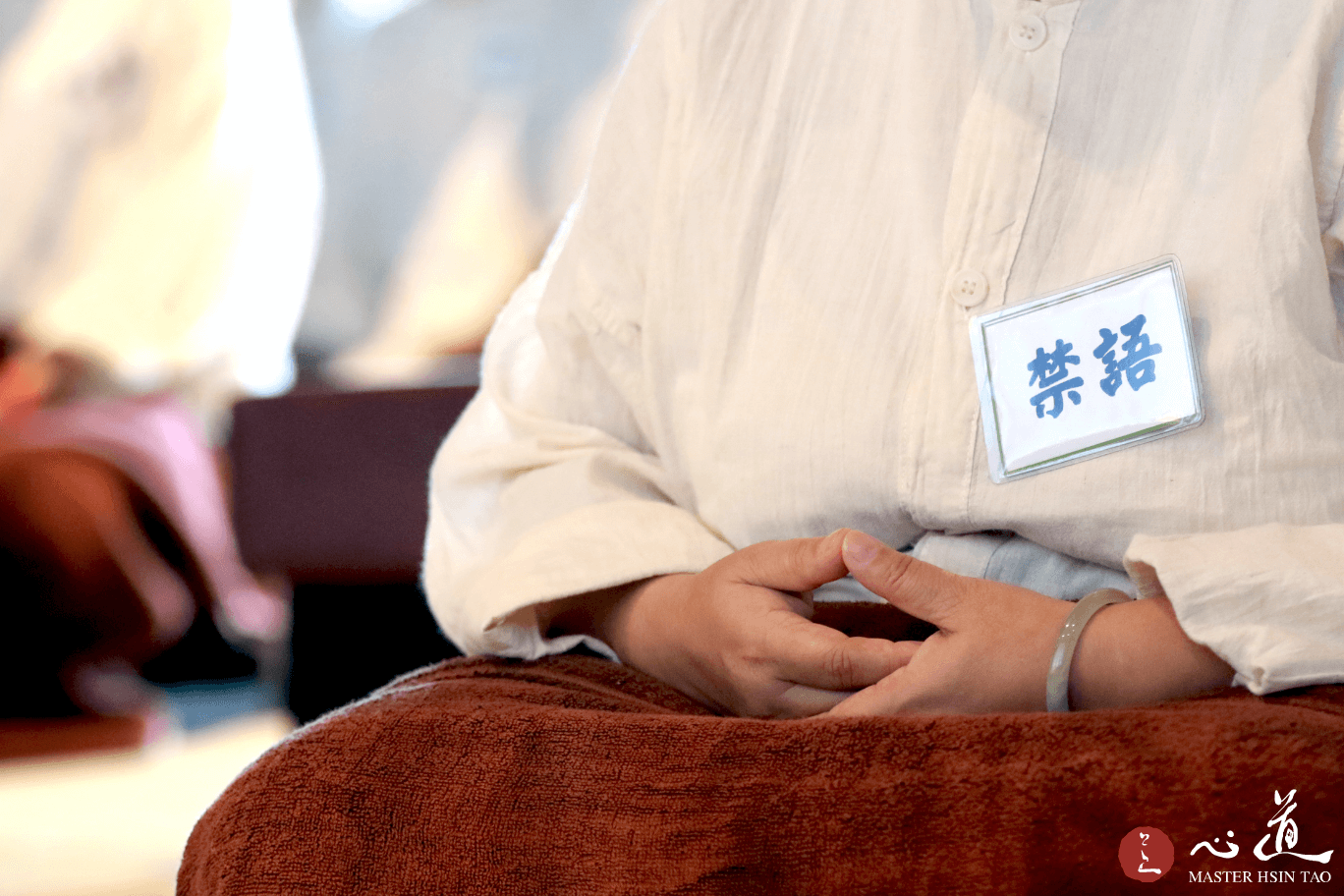 Thus, all should understand: to sit in meditation is to sit with the mind. How to sit? By listening to the mind. Sitting in meditation, listening to the mind—do you sense that you are listening? Listening to the mind: it is silent. What is the relation between this silence and you? How do you know it? Only by listening to the mind does one enter the mind; only thus does one sit in the mind. Without listening, one does not enter the mind, nor sit in the mind. From the Buddha himself, through the twenty-eight patriarchs in India, down to the patriarchs in China, all have elucidated in this way. Therefore, in learning and practicing Chan, one must leave behind notions. If one does not release notions, the mind cannot be found. To revolve within notions misses the point since all notions are “like a dream, an illusion, a bubble, a shadow. Like dew and lightning.” For this reason, practitioners of sitting meditation must be thoroughly familiar with the Diamond Sutra, so that they may apply the methods of contemplation and insight into ultimate reality in their meditation, thereby deepening their realization of the mind. Otherwise, one becomes like a magician—grasping here, grasping there, mistaking one thing after another as “mind.” But the mind is no magician’s trick; it cannot be grasped here or there. The mind is precisely that in which nothing is to be attained and nothing is to be grasped. It is only through mind sealing mind, mind transmitting mind, and mind seeing mind.
Thus, all should understand: to sit in meditation is to sit with the mind. How to sit? By listening to the mind. Sitting in meditation, listening to the mind—do you sense that you are listening? Listening to the mind: it is silent. What is the relation between this silence and you? How do you know it? Only by listening to the mind does one enter the mind; only thus does one sit in the mind. Without listening, one does not enter the mind, nor sit in the mind. From the Buddha himself, through the twenty-eight patriarchs in India, down to the patriarchs in China, all have elucidated in this way. Therefore, in learning and practicing Chan, one must leave behind notions. If one does not release notions, the mind cannot be found. To revolve within notions misses the point since all notions are “like a dream, an illusion, a bubble, a shadow. Like dew and lightning.” For this reason, practitioners of sitting meditation must be thoroughly familiar with the Diamond Sutra, so that they may apply the methods of contemplation and insight into ultimate reality in their meditation, thereby deepening their realization of the mind. Otherwise, one becomes like a magician—grasping here, grasping there, mistaking one thing after another as “mind.” But the mind is no magician’s trick; it cannot be grasped here or there. The mind is precisely that in which nothing is to be attained and nothing is to be grasped. It is only through mind sealing mind, mind transmitting mind, and mind seeing mind.


